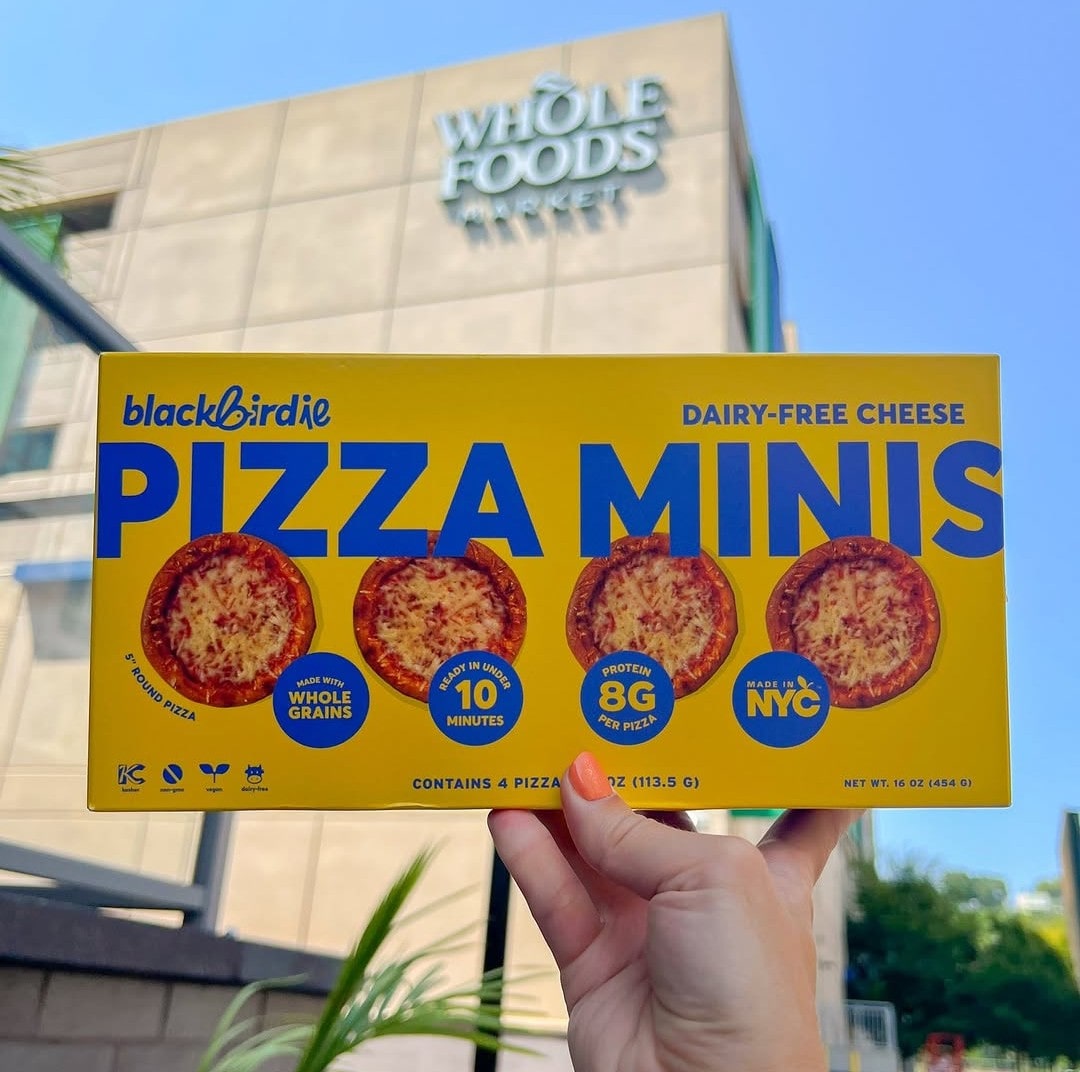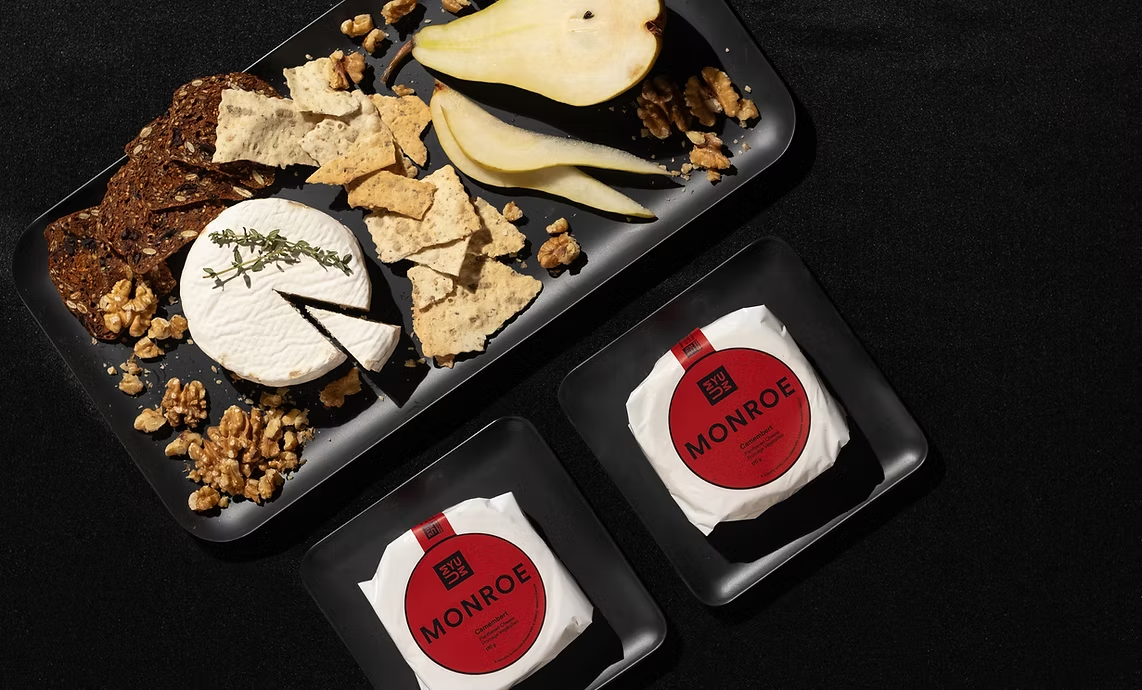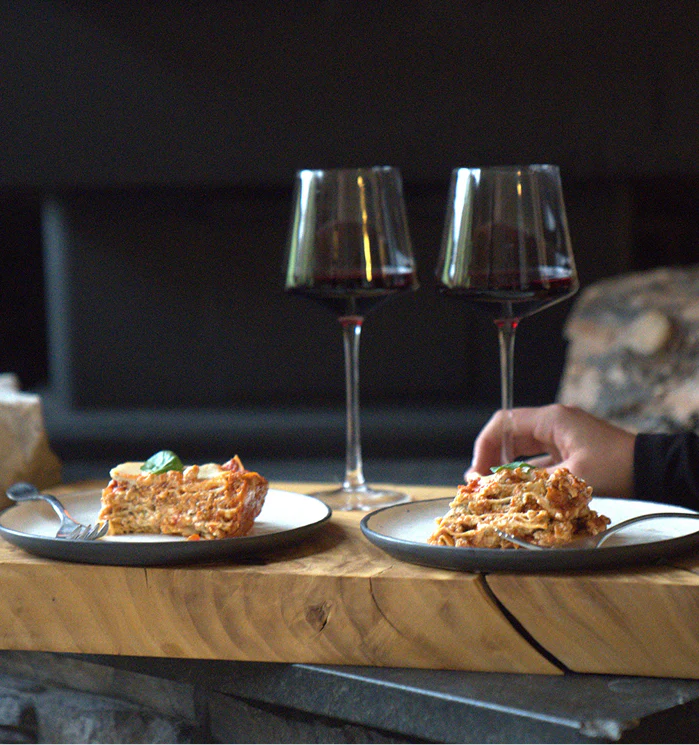From ainvest.com
Summary
- Asia's plant-based food market thrives on cultural/religious traditions, not Western vegan trends, with innovations rooted in local diets and spiritual practices.
- Indian start-ups reimagine meatless biryanis and vegan sweets, while Indonesian tempeh is transformed into burgers, leveraging centuries-old culinary heritage.
- Halal-certified plant-based meals in Korean universities and Buddhist-inspired vegetarian festivals in Southeast Asia highlight religiously aligned market growth.
- Asia-Pacific plant-based protein market projected to grow at 14.92% CAGR to $19.77B by 2033, driven by 3.68M vegetarians and rising health consciousness.
- Underrepresented regions like Philippines and Laos show potential through culturally specific innovations, blending plant-based food with spiritual merit-making traditions.
Asia’s plant-based food market is undergoing a quiet revolution, driven not by global vegan trends but by deeply rooted cultural and religious traditions. While mainstream plant-based diets often emphasize Western ideals of health and environmentalism, Asia’s innovations are uniquely tailored to local tastes, spiritual practices, and centuries-old culinary heritage. This alignment with traditional diets and religious dietary laws is creating a fertile ground for niche plant-based alternatives that are both culturally resonant and economically scalable.
The Religious and Cultural Foundations of Plant-Based Innovation
Hinduism, Buddhism, and Islam have long influenced dietary practices in Asia, providing a natural foundation for plant-based food innovation. In India, where vegetarianism is tied to the principle of ahimsa (non-violence), start-ups like GoodDot and SoftSpot are reimagining traditional dishes such as meatless biryanis and vegan sweets, blending ancient recipes with modern convenience. Similarly, Indonesia’s tempeh—a fermented soy product with centuries of culinary history—is being repurposed into plant-based burgers and meat substitutes, leveraging its cultural familiarity to drive adoption.
Buddhist traditions in Southeast Asia and China further reinforce plant-based eating. In Thailand, Buddhist monks and lay communities have historically embraced vegetarianism during religious festivals, a practice now mirrored in plant-based snack bars that use local ingredients like coconut and jackfruit to cater to health-conscious consumers. Meanwhile, the Hani people of Yunnan Province in China have developed ethnobotanical rituals using 36 plant species for spiritual and agricultural ceremonies, demonstrating how indigenous knowledge can inform sustainable plant-based practices.
For Islamic communities, halal-certified plant-based alternatives are gaining traction. In South Korea, universities like Yonsei and Korea University have introduced halal-compliant vegan meals, including plant-based meat patties and tandoori-inspired salads, to meet the dietary needs of Muslim students. These innovations align with the growing global halal food market, which is projected to grow at a 10.5% CAGR from 2023 to 2030, driven by the 1.9 billion Muslim population in Asia.
Market Growth and Investment Potential
The Asia-Pacific plant-based protein market is expected to surge from USD 5.66 billion in 2024 to USD 19.77 billion by 2033, with a compound annual growth rate (CAGR) of 14.92%. This growth is fuelled by religious demographics: over 3.68 million vegetarians in the region, coupled with rising health consciousness and ethical concerns, are reshaping demand. For instance, Indonesia’s plant-based food market is forecasted to expand at a 9.18% CAGR, driven by innovations in soy-based dairy alternatives and meat substitutes.
Underrepresented Innovations and Regional Opportunities
Beyond the well-known markets of India and Indonesia, underrepresented regions are emerging as hubs for culturally specific plant-based innovation. In the Philippines, 83% of consumers plan to increase plant-based food consumption by 2025, with local start-ups like WTH Foods creating plant-based versions of traditional dishes such as tapa and sisig. In Laos and Cambodia, Buddhist-inspired vegetarian festivals and food charity practices are fostering demand for plant-based meals that align with spiritual merit-making traditions.
Sikhism’s langar—a communal, lacto-vegetarian meal served in gurdwaras—offers another unique opportunity. While traditionally prepared with ghee and butter, modern adaptations are exploring healthier, plant-based alternatives to address rising chronic diseases like diabetes. This shift not only aligns with religious values but also taps into the growing global interest in sustainable, community-driven food systems.
Conclusion: A Strategic Investment in Cultural Resonance
Asia’s plant-based food innovations are not just about replacing animal products—they are about reimagining diets through the lens of cultural and religious heritage. By leveraging traditional ingredients, religious dietary laws, and local culinary practices, these niche alternatives are creating a competitive edge in a market that values authenticity and sustainability. For investors, the key lies in supporting start-ups and supply chains that bridge ancient wisdom with modern innovation, ensuring that plant-based food becomes both a spiritual and economic cornerstone in Asia’s future.









